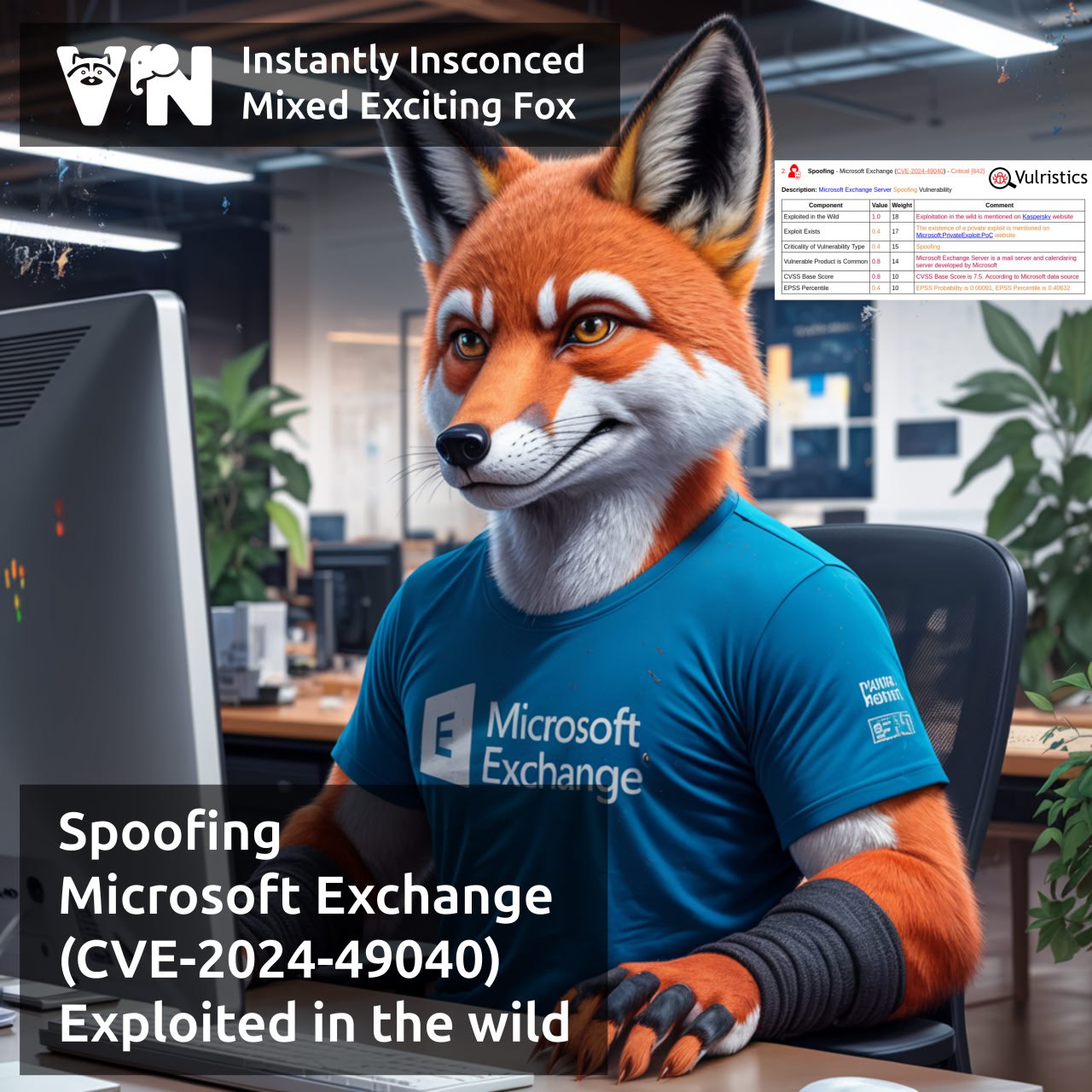
About Spoofing – Windows NTLM (CVE-2024-43451) vulnerability. The vulnerability is from the November Microsoft Patch Tuesday. It immediately showed signs of being exploited in the wild. The vulnerability is related to the outdated MSHTML platform, which is still used in Windows. To exploit the vulnerability, the user must minimally interact with the malicious URL file: right-click on it, delete it, or move it to another folder. There is no need to open the malicious file. As a result, the attacker receives the user’s NTLMv2 hash, which he can use for authentication.
👾 According to ClearSky, the vulnerability is used to distribute Spark RAT, an open-source remote access Trojan.











